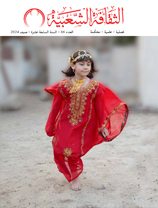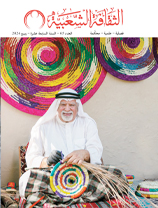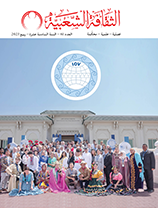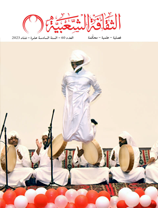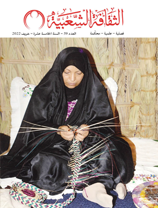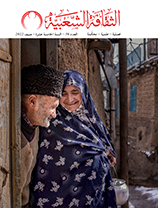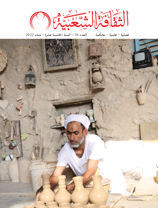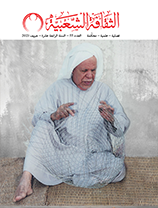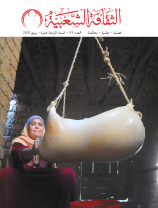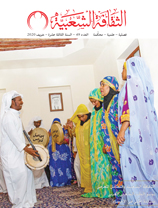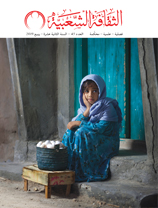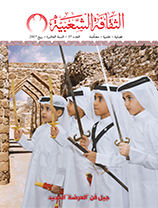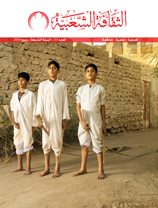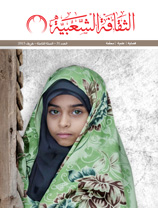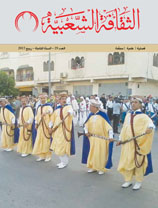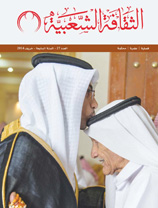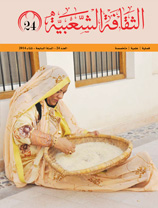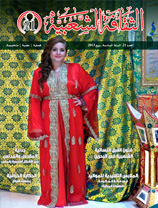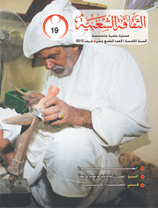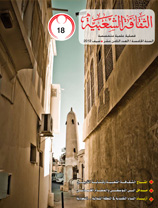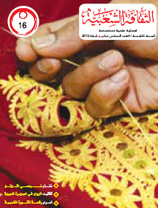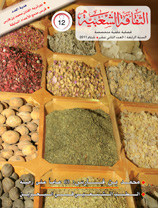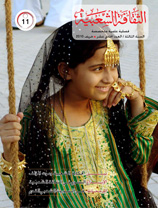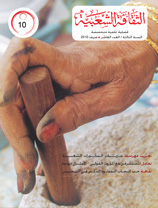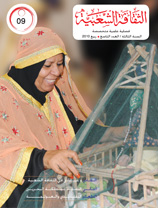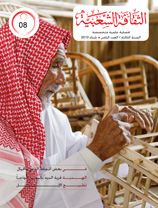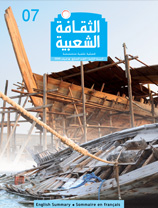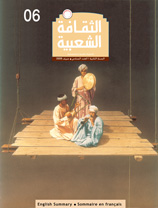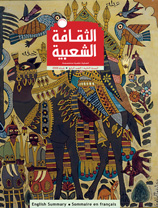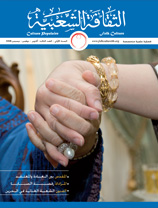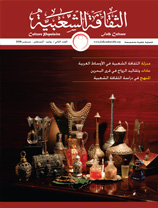Mashrabiyas and Projecting Windows in Yemeni architecture
Issue 50
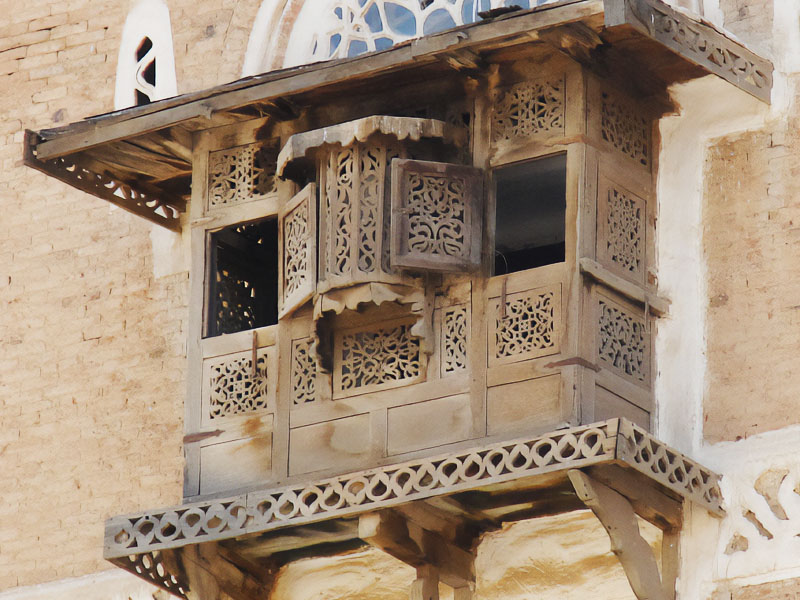
Dr. Muhammad Abdul Hamid Numan
College of Fine Arts - Hodeidah University, Yemen
Yemeni architecture is based on an extended and rich heritage. Some studies prove that it dates back to the second millennium BC. The architecture celebrates the building methods that fashioned cities in perfect harmony with the local landscape, as the majority of the Yemeni landscape consisted of rocks. Therefore, they were used to cutting the rocks, engraving them, and using them in building temples and towns and roads.
In Islamic times, Yemen was subject to the extension of the authority of the Islamic caliphate and the transfer of the capital and urban centres between Damascus, Baghdad, Cairo and Istanbul. Yemen’s local authority fell under the rule of these centres through the different eras of the Abbasid, Fatimid, Ayyubid, Mamluk and Ottoman caliphates. The campaigns of governors who came from the urban centres of these caliphates were accompanied by a group of builders and engineers.
Through the different eras, Islamic rule affected architecture in Yemen by introducing new components. These new elements enriched and developed the local components.
The success of harmonizing the imported elements with local ones has earned Yemeni architecture a distinctive and unique character compared to the other types of architecture in various Islamic centres; this distinction prevailed until the last decades of the twentieth century.
Windows that decorate the facades of houses are so distinctive in Yemeni architecture. These decorated windows are constructed of stones, clay, bricks, or wood, and form a small room-like area that projects out of the façades of the buildings. They include carved wood latticework, which justifies the name given to them, “Mashrabiyas”, which indicates overlaps and intersections between the sides of the net shape they hold. Projecting windows appeared in Yemeni architecture early on and are believed to date back to pre-Islamic periods. More recently, windows that resemble Mashrabiyas appeared in some palaces of the ruling family before the revolution of September 26, 1962. They were called kiosks, and were still built until the second half of the twentieth century. As for the large Mashrabiyas, such as the ones found in the Ottoman homes of Cairo (locally called Rawashin), they appeared in the cities of the Red Sea ports: Hodeidah, Lihyah and Mokha.
This paper studies the different types of projecting windows of the traditional buildings in Sana and in the cities of the Red Sea ports Hodeidah, Lihyah and Mokha. The paper focuses on the functional and aesthetic values of Mashrabiyas and other types of projecting windows, and their distinctive features that are results of climate, cultural environment, and influences during various eras. The study sheds light on this important architect feature calling for its preservation and employing it in modern architecture.


